We have been asked this question quite often lately so we decided to squelch the uproar and answer it simply. The long and short of it is a solid “No you can’t” but for the curious, we will do a quick rundown of the major reason why it is not to be done.
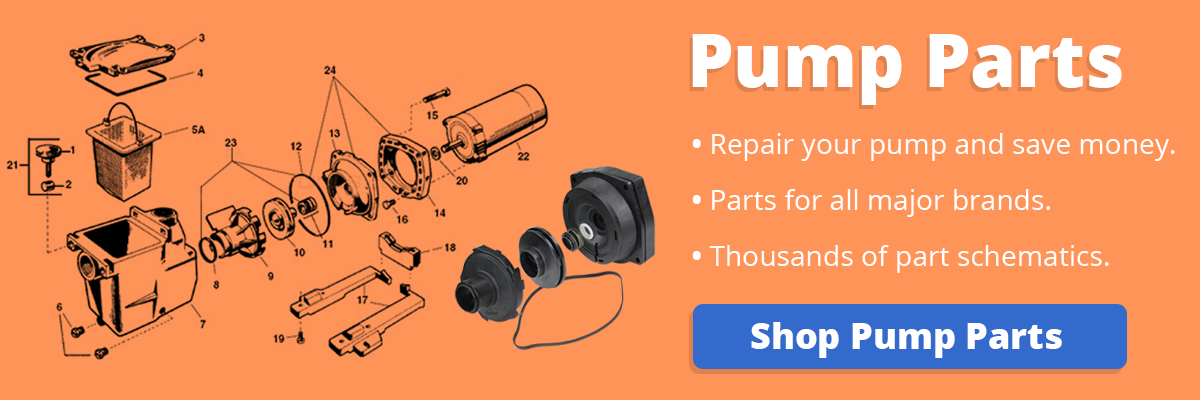
Location, Location, Location!
The main difference between the two is the pump’s likely position relative to the body of water. The placement of the pump defines the pump’s role in what it needs to do to properly circulate the water.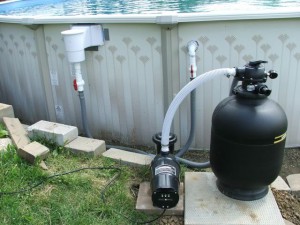
Inground pool pumps have a natural enemy named Gravity as well as air pressure working against them at all times. Water’s tendency to sink to the lowest available point is the result of gravity’s constant push on water. That phenomena is also the cause for your pipes going bone dry when you lose prime. Losing prime is comparable to when you suck on a straw to take a drink and then when you stop it goes away back into the cup. Gravity and air rush in to the straw, replacing liquid.
The ability to regain that “prime” aka water draw is what separates inground (IG) pool pumps from their above ground counterparts. IG pumps are aided in this endeavor by this dandy device called the Diffuser, pictured to the right. The diffuser is a shroud that sits over the pump’s impeller. The impeller is a vented disk screwed to the motor’s shaft tip to transform the spinning of the motor into water pulling force. The diffuser’s cone shaped shroud focuses that pulling vacuum force towards the inlet pipe, drawing the water to the pump. The addition of the diffuser is what makes inground pumps “Self-Priming,” and what keeps the pool owner from needing to fill the pump with water before every use.
On the other hand, Above Ground (AG) pool pumps are installed in the opposite manner to their counterpart, at the foot of the pool, well below the waterline. The pump should be constantly primed and ready to go because of the pump’s location. This placement permits gravity fed flow that allows for less powerful motors and the omittance of a diffuser.
But What If I Really Want to Do It?

Ok, if you want to be really difficult, there is only one way I could see it working for you but the circumstances are unlikely and highly speculative. Your “inground pool” would either need to be on a hill or have the pool equipment down hill from the pool. The sloping gradient allows for a more gravity driven priming situation which lets us use the smaller pump. Or you can find one of the few self-priming above ground pool pumps.
Now, the only issue I see with that is the return water needing to be sent back up that gradient to a return. Above ground pool pump are smaller in horsepower output and impeller size which reduces pressure greatly. When we add the back pressure of an up sloping gradient, the weight of the water may push back against the pump creating an unwanted stalemate.
My suggestion is to get the right pump for the pool and do not try to rig up something from mismatched parts; if you own an inground pool get an inground pump and if there is an above ground pool use an above ground pump. If you wish to discuss further on this topic, drop a line in the comments or feel free to give us a call at 877-372-6038.

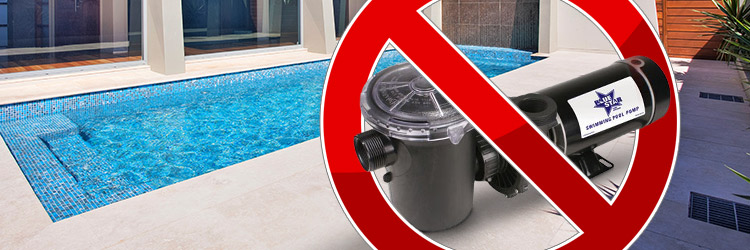
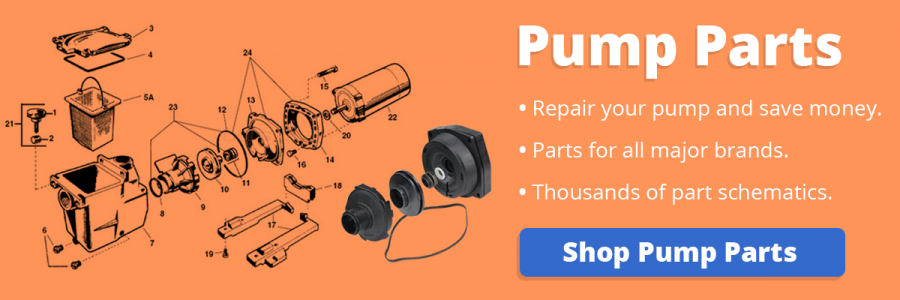
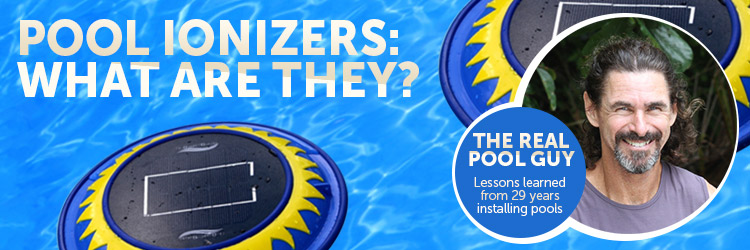
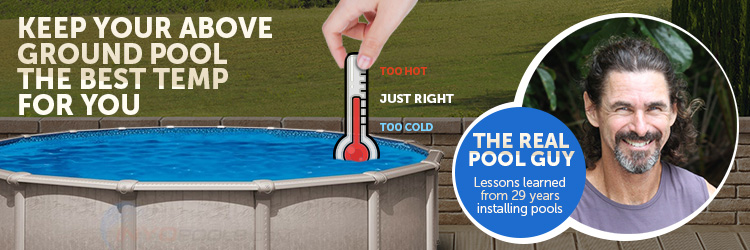
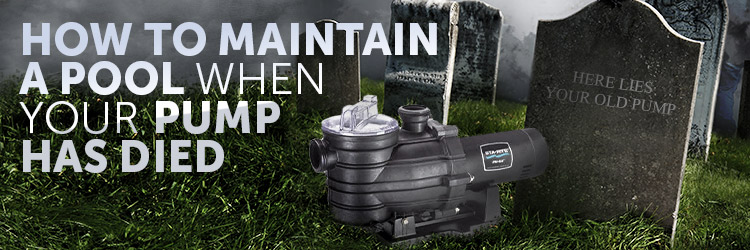






I have a 22,000 gallon pool built into a hill (1/2 inground; 1/2 above grnd), Pentair FNSP36 DE Filter, a Raypack gas heater & a Hayward CL100 chlorinator. The equipment is all located downhill below the pool. I just installed a Hayward 1.5 HP PowerFlow Matrix Dual Speed pump. I didn’t realize it was an above ground pump when I installed it. It seems to run OK, with the jets bringing brisk return water. However, I’m concerned about whether or not I should have installed an inground pump. What can I expect? Will I have problems down the road? Will my filtration be adequate? Should I replace it with an inground pump?
I’m building an “on ground” pool which is half in ground and half above ground. Would an above ground system work as long as it’s well below the water line?
I’ve an in ground pool and I want to use a pump above water level. Is it possible and how?
You would need an inground pool pump, that’s exactly what they are used for.
Can I use a in ground 1 1/2 hp pump on a 28 ft round above ground pool with a drain and all pvc plumbing?
I wouldn’t. Buy the right pump for the job.